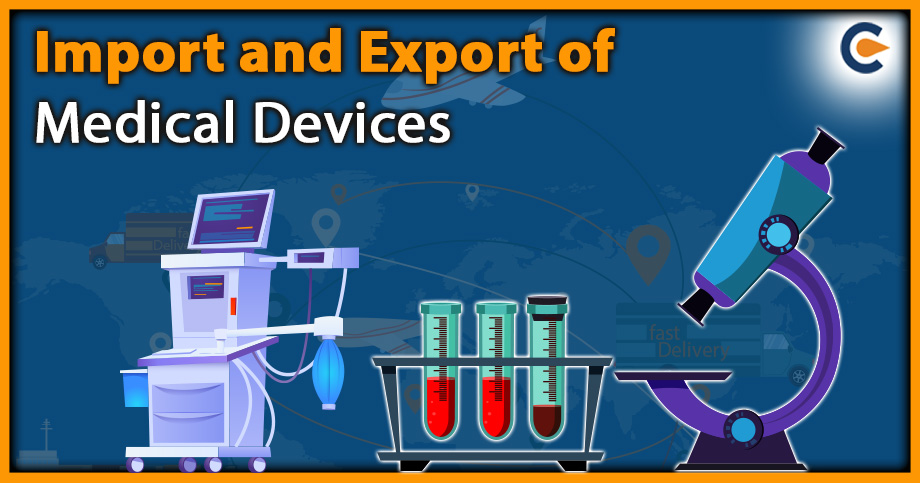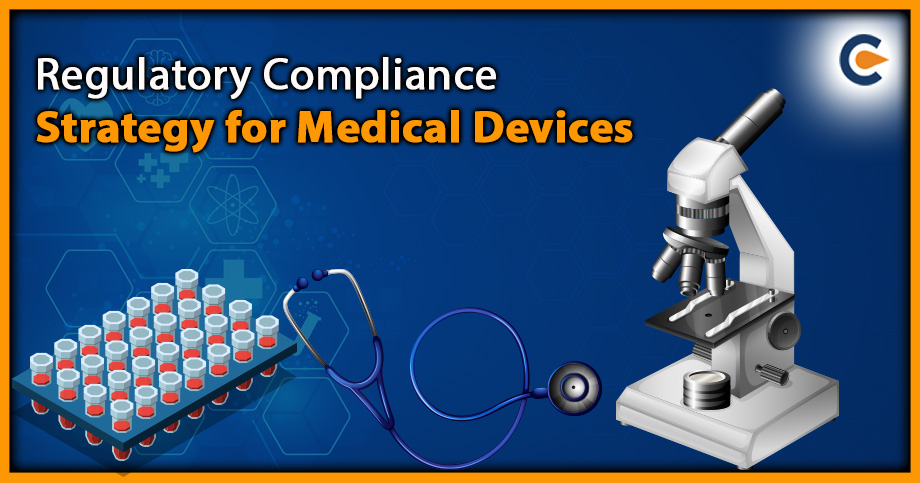Notwithstanding its many difficulties, the import and export of medical devices remain a lucrative field. If a medical device can legitimately be marketed in the United States, it may be exported from the United States to any country in the world without previous FDA[1] notification or approval to export. This includes radiation-emitting electronic products that are also medical devices. The Medical Device Amendment and other laws of the Federal Food, Drug, and Cosmetics Act apply to the import and export of medical devices. Medical device import and export are handled in a variety of different ways. Scroll down to check more information regarding Import and Export of Medical Devices.
What Is A Medical Device?
A medical device may be defined as any appliance, instrument, material, apparatus, or another
article, either used in a singular form in combination with other equipment/devices, including the software essential for its intended purpose by the manufacturer to be used for human beings. People are increasingly concerned about their health as a result of emerging economies and rising awareness. People are willing to choose cutting-edge technologies and solutions to enhance their health, regardless of the cost. As a result, the industry for medical devices in the healthcare sector has seen tremendous expansion. The medical device sector also includes subsectors such as diagnostics, imaging, cardiology, surgical, and orthopedic equipment.
FDA 510 K Clearance & Premarket Approval for Medical Device
Foreign establishments that manufacture medical devices and/or radiation-emitting electronic products that are imported into the United States (U.S.) must comply with applicable U.S. regulations before, during, and after importing into the U.S. or its territories.
To prove to the FDA that your medical device is substantially equivalent to a predicate device – one that the FDA has already approved for marketing – you must submit a 510k application. The term “substantial equivalency” (SE) refers to the device’s technological similarities to existing, prior medical devices used for a related purpose. An approved 510(k) demonstrates that a product performs as intended. If your application is approved, it will be submitted to the FDA 510(k) database once the FDA has processed your 510(k) submission, which typically takes 30 to 90 days. To demonstrate substantial equivalence, you must compare and contrast your device with the predicate device. While laboratory testing is sometimes required, 510k submissions typically do not call for human testing. Useful inputs for your 510k submission come from your documented Design Controls process, including intended use, indications for use, design inputs (find out what there are here), and design verification.
A PMA is more thorough than a 510k and is meant to demonstrate that a new product is safe and effective for the end user. It often calls for laboratory testing as well as clinical trials involving human subjects. The FDA has just 180 days to accept or reject the application, and the requirements are substantially stricter than for 510k filings.
Class III devices are substantially more expensive to construct and test than Class I and II devices because of how dangerous they are and how they may affect human life. A 510(k) application fee can be less than $10,000, whereas a PMA application fee can be over $300,000. Entry-level inventors may find it challenging to fund this procedure, which may deter them from ever trying. The FDA does, however, provide small firms with concessions that can lower the cost.
Before, during & after importing into the United States or its territories, foreign companies that produce medical devices and/or radiation-emitting electronic items must abide by all applicable U.S. rules.
Important Points Regrading Import and Export of Medical Devices
Following are some important points regarding Import and Export of Medical Devices:
- Export of Medical Devices: Foreign clients or governments frequently request documentation of the FDA-mandated products’ regulatory or marketing status when purchasing medical devices from the United States (U.S.) (FDA). The FDA is allowed to issue an export certificate and collect a fee for each certification that is issued within 20 working days according to the Export Reform and Improvement Act of 1996. An FDA document known as an export certificate provides details regarding a product’s regulatory or marketing status in the United States (U.S.).
The export certificate attests in writing that the exported equipment, including any electronic products that generate radiation but are medical devices, satisfies specific predetermined conditions. The regulations for exporting medical equipment are determined by the device’s marketing status. The device’s marketing status shows whether it may or cannot be sold lawfully in the United States.
- Import of Medical Devices: When a medical device is imported or offered for import into the United States, FDA verifies and enforces any applicable requirements. The medical device program is managed by the FDA’s Center for Devices and Radiological Health (CDRH). An importer is required to disclose events when a device may have contributed to a death or serious injury as well as some faults under the MDR regulations.
The Federal Food, Drug, and Cosmetic Act, Subchapter C: Electronic Product Radiation Control, imposes radiation safety restrictions on foreign manufacturers who bring in radiation-emitting electronic products into the United States. Performance criteria, labeling, the submission of radiation reports, and safety product reports are some of these obligations.
To import a device into the US, foreign producers must comply with all applicable US laws, such as:
- Establishment Registration (including designated U.S. agent)
- Quality System;
- Listing of medical devices
- Labeling
- Medical device reporting
- Premarket Notification [510(k)], unless exempt, or Premarket Approval
The FDA oversees the safety of all regulated medical devices as part of its Import and Export of Medical Devices program, which also supervises the sale of medical device items (including diagnostic tests) in the United States. The person or business that wants to market a medical device must apply for FDA approval before it may be sold legally in the US. They must provide proof that the equipment is reassuringly safe and efficient for the intended application in order to win clearance.
Conclusion
In India, the healthcare and medical device industries have expanded dramatically over the past ten years. India produces a vast variety of medical equipment, from consumables to implantable ones. The majority of medical devices produced in India are implantable items like cardiac stents, drug-eluting stents, intraocular lenses, and orthopaedic implants as well as disposable items like catheters, perfusion sets, extension lines, cannulas, feeding tubes, needles, and syringes. The medical device industry requires a lot of financial investment, as well as ongoing training for healthcare system providers to use new technologies.
India now imports between 70 and 80 percent of its medical equipment needs, so there is still a significant gap between supply and demand. Many medical device producers, both local and foreign, are currently focusing on India’s substantial underutilization of medical devices as a significant growth opportunity.
The government has developed numerous programs and policies to advance the medical device industry in India. During the Made in India initiative in 2014, the government designated it as a target sector.
Also Read:
CDSCO Guidelines For Medical Device Import













